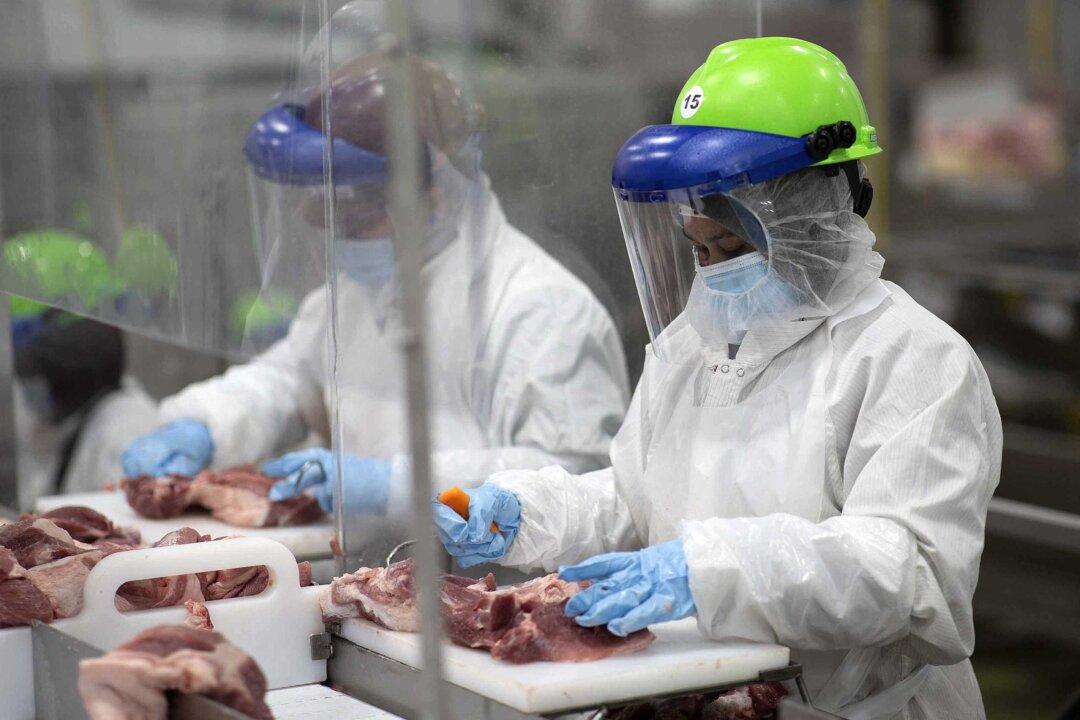John Catsimatidis, CEO of the New York-based supermarket chain Gristedes, warned in an interview on Monday that the Omicron variant of the CCP (Chinese Communist Party) virus could cause shortages of meat and eggs in the upcoming months.
“[A]s Omicron grows, and it’s gonna grow over the next two to four to five to six weeks, Omicron is taking its toll at different levels of the supply chain, whether it’s the warehouses, whether its the selectors, the drivers, the loaders—and as they call in sick, there’s interruptions in the system,” Castimidis said during an appearance on Fox and Friends.





